These humble soldiers, half squires and half raiders, were a necessary evil of armies since the Middle Ages and throughout the Renaissance period.
Indeed, when we spoke at the time of a certain number of "lances" or "spears" , which defined a body of cavalry, we had to understand "furred lances" that is to say for each knight, a mounted squire who accompanied, one or two valets-at-arms and at least one "coustillier" = cutlass bearer, intended in theory to cut the saddle straps of the adversaries, and in practice to finish them off without mercy.
These soldiers were therefore equipped initially in the 14th and 15th centuries with cutlasses, and from the beginning of the 16th century with short swords like the one we present.
BLADE: it is a good quality blade, which comes from a knight's sword which has been shortened. It begins with a strong ricasso bearing a remnant of line decoration, and continues with a hexagonal section, the edges of which have faded over time. A central groove occupies the first 22 cm of the blade.
We note on the external face the presence of an important swordsmith's mark, which represents a crucigenic globe, partly inlaid with red copper. This mark is the sign of a quality blade. On this same side near the hilt, swordsmith's punch mark.
Blade length = 53 cm, width at the ricasso = 3 cm; thickness at the ricasso = 4.7 mm
GUARD: It has a small triangular central medallion, from which 2 solid quillons curve towards the blade.
PÖMMEL : It is made of steel, shepheric to allow a thrust at the level of the palm of the 2nd hand, during a vigorous thrust on an opponent on the ground.
GRIP : it is made of iron, with a small groove in the middle.
It is obvious that it is not elegance, but solidity that was favored during the design of this weapon. It is practical, very robust, and must have perfectly met the expectations of the person who used it, in the service of a lord.
Ref A-2444
Shipping costs France €30, Europe €40















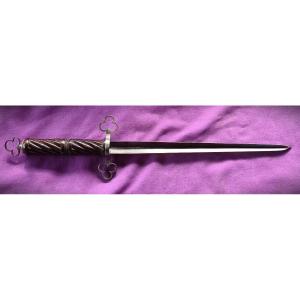
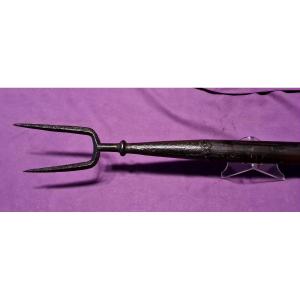



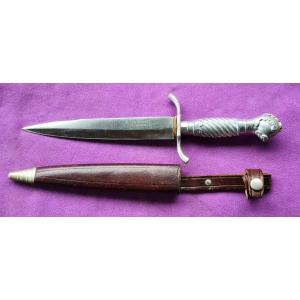
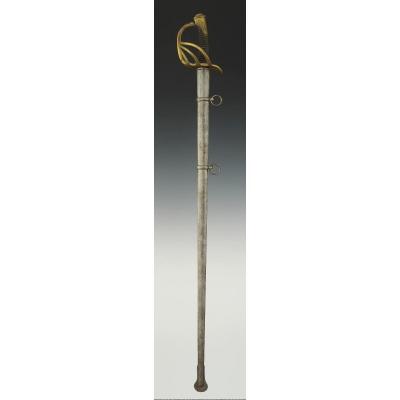

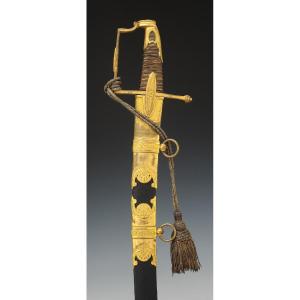






 Le Magazine de PROANTIC
Le Magazine de PROANTIC TRÉSORS Magazine
TRÉSORS Magazine Rivista Artiquariato
Rivista Artiquariato
